Walking through the forest, you can often find beautiful round mushrooms, which were called raincoats. Experienced mushroom pickers assure that they have very tasty and healthy fruits, but only if they are properly harvested and processed. Among the people, the mushroom is called a raincoat raincoat, rabbit potato, golovach, smokey, wolf tobacco, dust cover. This name was given to the mushroom for its ability to “explode” with spores during ripening.
Content
Characteristics of raincoats
Raincoats belong to the Champignon family, the genus of Raincoats. Some time ago, they were allocated not just to a separate genus of mushrooms, but to a separate family.
Appearance and photo
The hat and leg form one fruiting body that looks like a pear or ball. The false leg is pronounced: it is slightly thinner than the apex. The surface may have the following color:
- white;
- grayish white;
- shades of yellow;
- brown;
- olive.
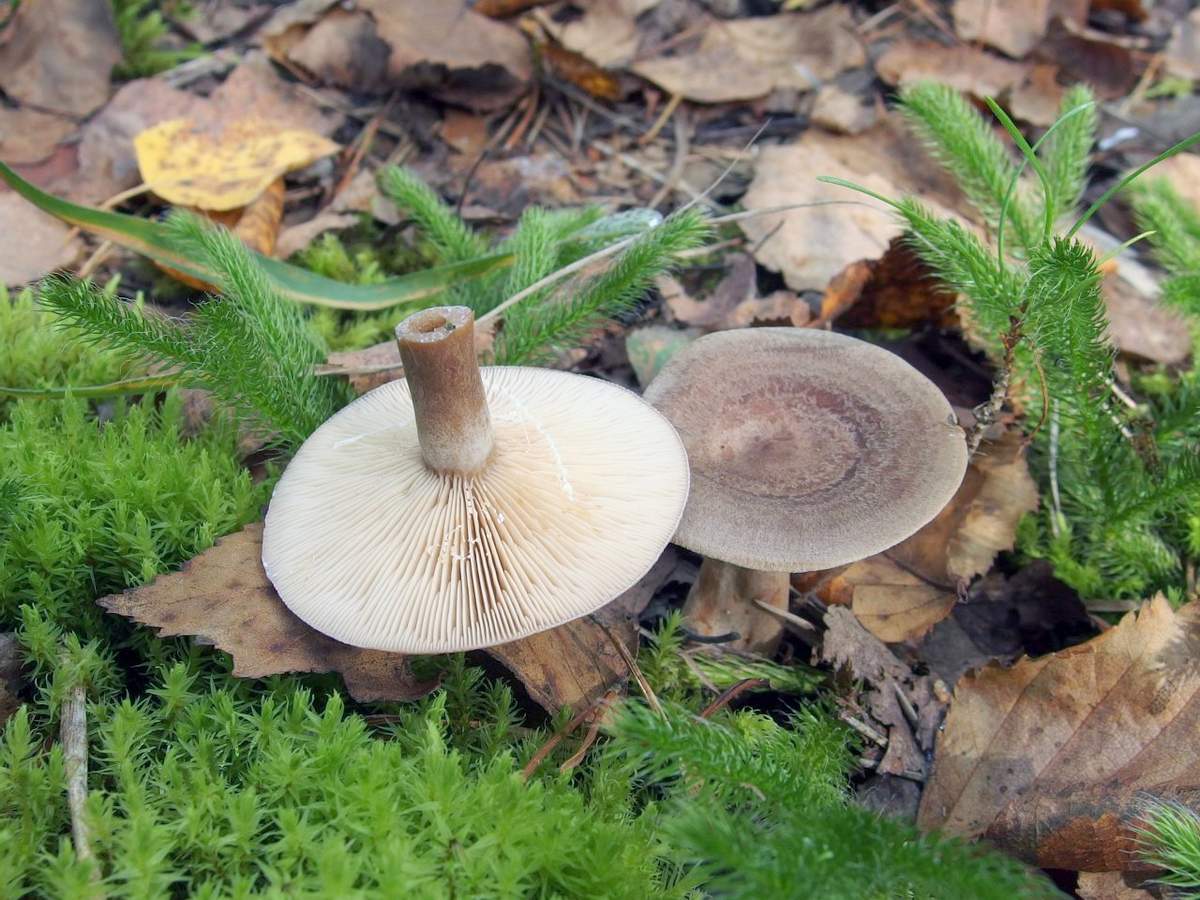 You may be interested in:
You may be interested in:The entire surface is abundantly covered with spike-like growths. The pulp of young mushrooms is white. As it grows older, it darkens and takes on an olive-brown color. After spore maturation, the top of the fungus opens, and it throws out the spores into the external environment. Depending on the type of mass, it can range from a few grams to 2 kg. The appearance of the raincoat can be seen in the photo.
Morphology (species differences)
Distinctive features of mushrooms are the following species features:
- Gasteromycetes (spores mature inside the body);
- lack of a pronounced hat;
- the flesh is transformed into spores;
- double layer coating;
- the presence of a false leg.
Raincoats are rarely confused with other mushrooms. The only exceptions are false mushrooms.
Habitat
A raincoat grows almost everywhere. Most often it occurs in such places:
- the woods;
- parks;
- meadows;
- grassy glades.
Mass growth occurs at the end of summer, after rains. But isolated specimens can be found both at the beginning of summer and in late autumn.
Edibility
Raincoats belong to the category of edible. Moreover, they are very tasty and are considered to be delicious.
Species diversity
The genus of raincoats is very diverse and includes about a dozen different species. Not all of them are edible, so you need to clearly distinguish between these varieties of mushrooms.
Edible
Edible species is the collective name of all edible members of the genus. Under the Edible Species there is usually a general characteristic of edible raincoats with white flesh.
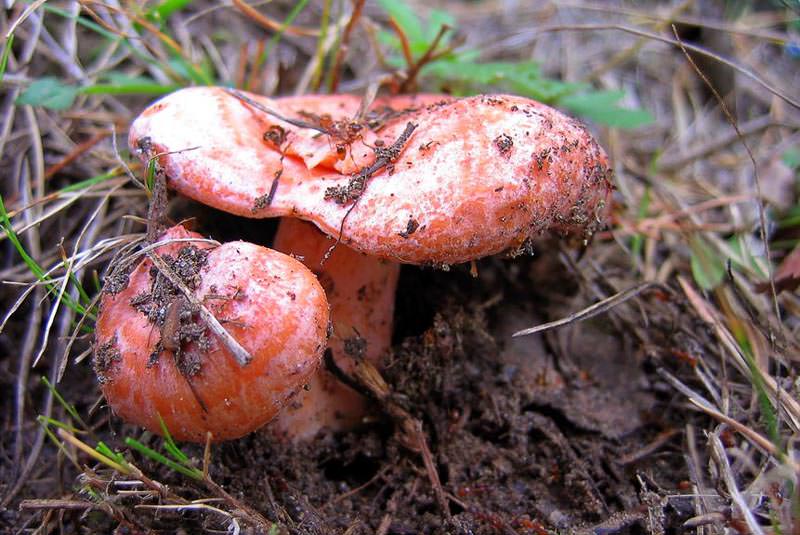 You may be interested in:
You may be interested in:Prickly
Representatives of the Prickly species are in the form of clubs. Young specimens are white or grayish in color, changing to dark yellow as they mature.
The surface is covered with thorns from above, and drop-shaped warts from below.
Lugovoi
The fruit body is round in shape, slightly narrowed at the base. Initially, the surface has a white hue, but eventually becomes olive brown.
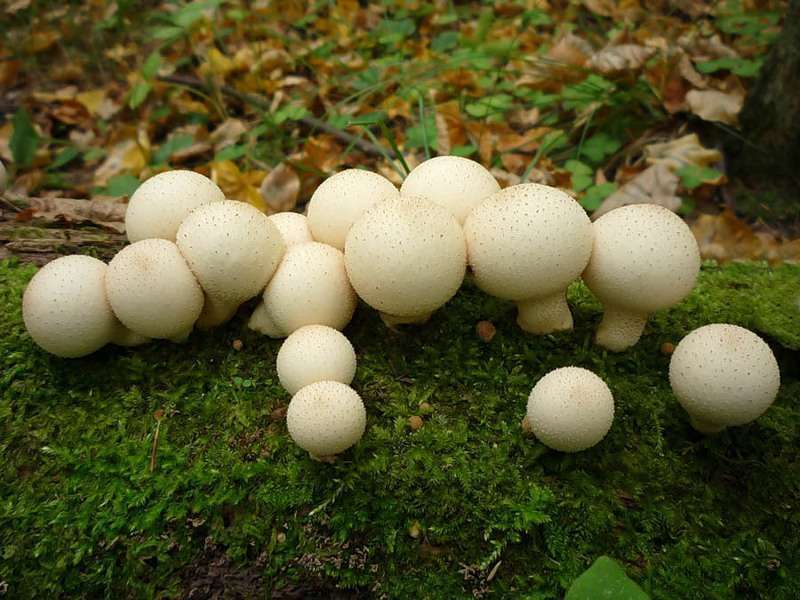
Representatives of the species are characterized by shortened false legs.
Ragged
Very rare species. It is considered the most beautiful of the whole family. On the surface there are unusual growths resembling cotton flakes.
Young people have a light cream surface, adults - ocher-brown with chocolate flesh.
Golovachi
The oblong golovach is in the form of clubs or pins. It differs from other species with a long spoon and a hemispherical apex. A large number of spikes of different sizes protrude on the surface. Young heads are white, adults are brown.
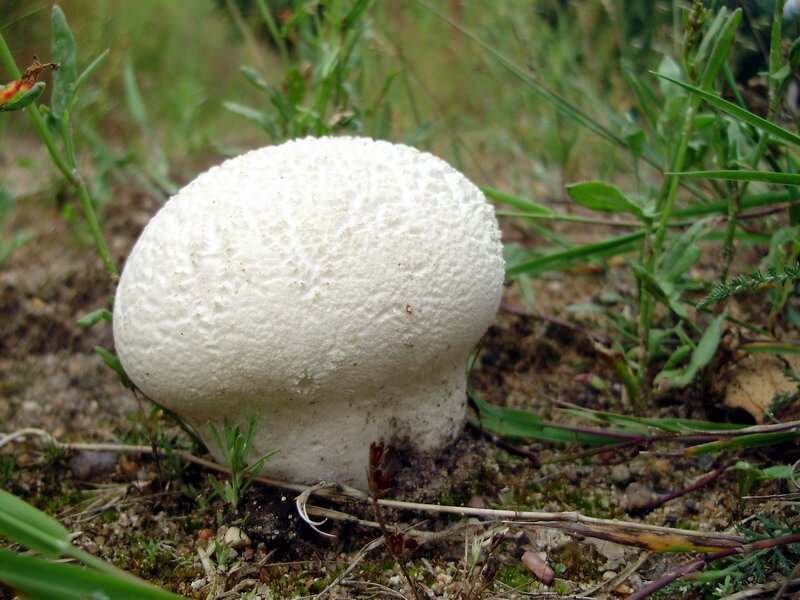
The baggy Golovach has a rounded shape, slightly flattened from above, narrowed at the base. Spikes have only adults. Initially, the mushrooms are light, with time they acquire a gray-brown hue.
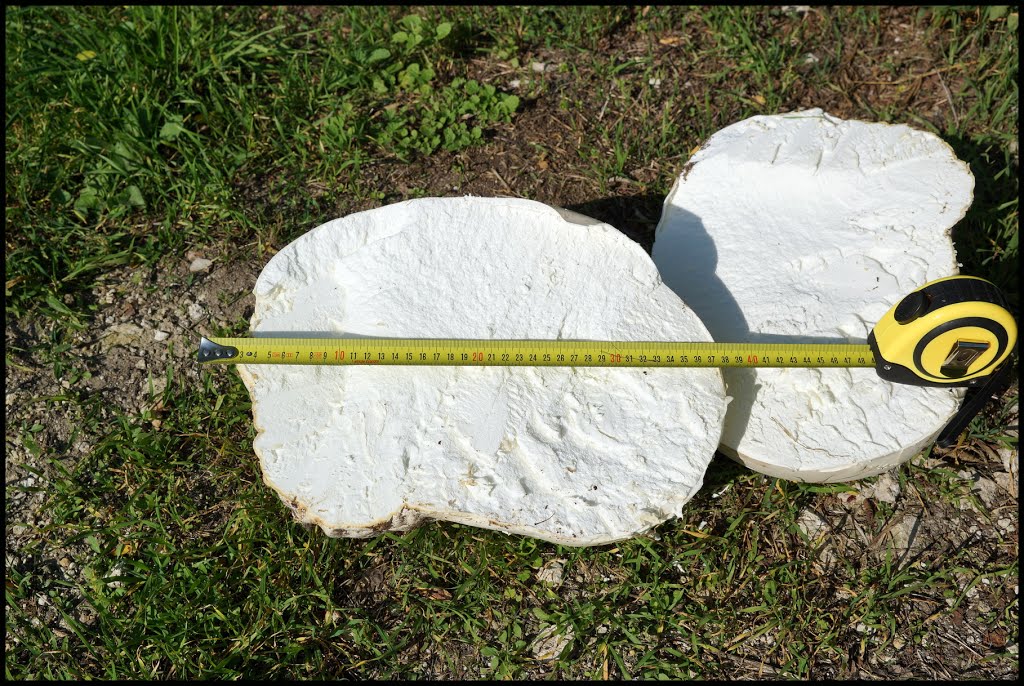
Giant Golovach is very large. It looks like a huge ball, slightly flattened on top. The diameter of the body can reach 0.5 m. With such huge specimens, one should be careful: a cloud of its spores can cause suffocation.
Yellow dyed
Representatives of the Yellow-colored species are very reminiscent of lemon pears in both shape and color. Young ones have a brighter shade, a surface with spikes and bubbles. The spikes fall off as they grow older.
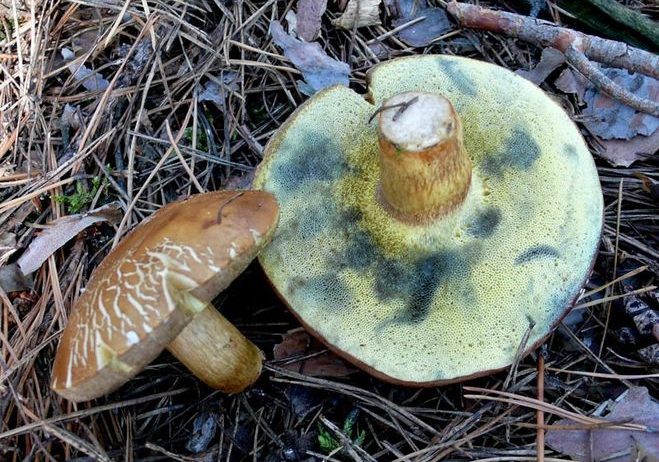 You may be interested in:
You may be interested in:Scaly
The fruiting body can take many forms. A distinctive feature of the species are unusually long spikes, which give a resemblance to a hedgehog.
Aging specimens eventually acquire a light brown hue.
Pear-shaped
Mushrooms are pear shaped. Young - white, old - dirty brown. You can find out the age of a representative of this species by the presence of thorns.
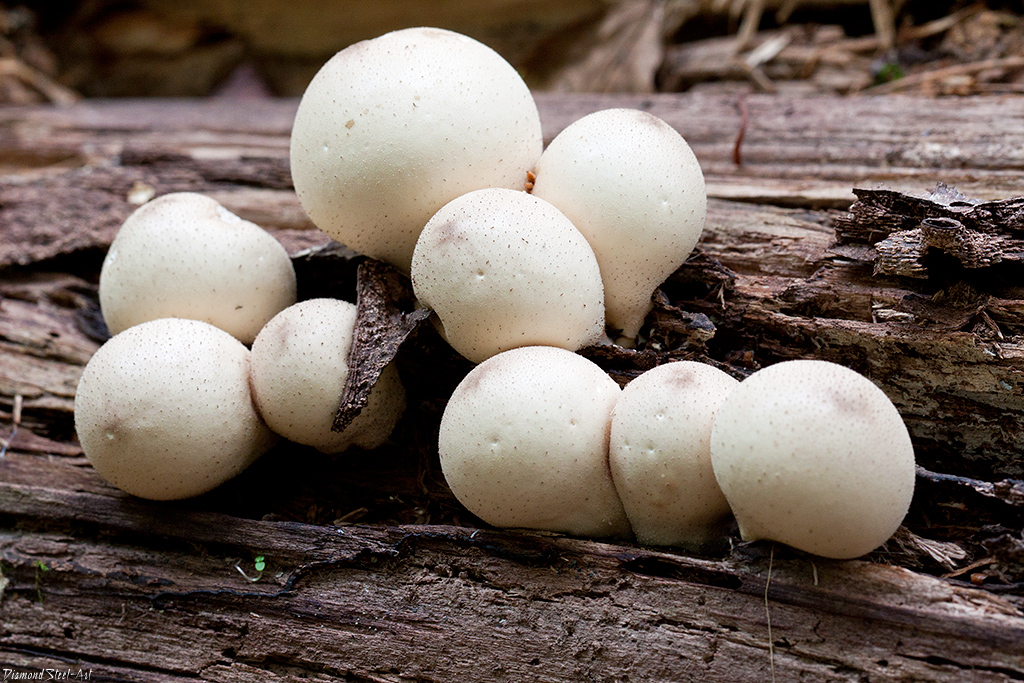
As the spikes age, they crumble and the surface becomes smooth.
Smelly
Such an unpleasant name the species received for a reason. The smell of flesh resembles a pungent smell of gas.
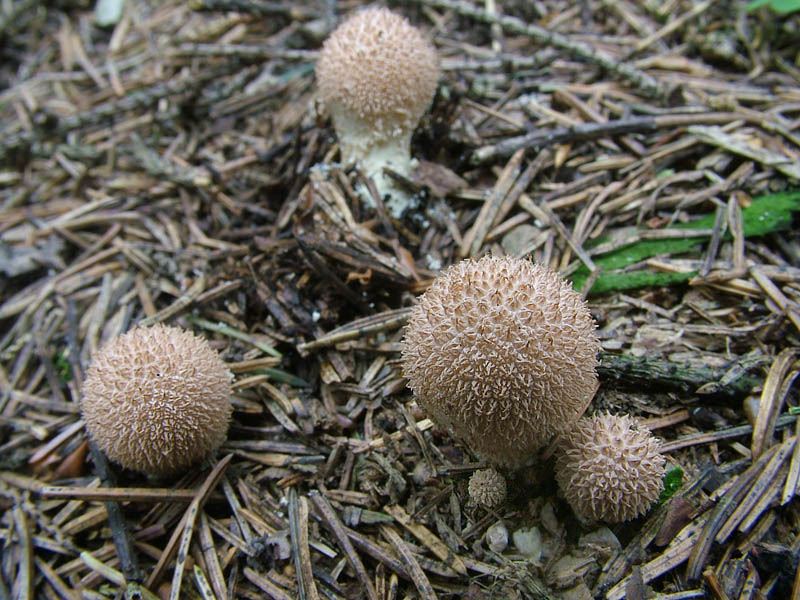
You can recognize the smelly look by slightly bent spikes of dark brown color.
Places and collection rules
Most often, raincoats can be found on the edges of the forest, meadows and clearings with low grass. There are a lot of them on old stumps, fallen trees. Bad environmental areas are not the best place to gather. Mushrooms, like sponges, absorb toxic waste and can harm human health. Therefore, collecting near industrial facilities and highways is not recommended.
Experienced mushroom pickers always adhere to the basic rules of collection:
- It’s better to go to the camp early in the morning, through the dew.
- Raincoat mushrooms cannot be cut. This spoils a whole mycelium. Properly unscrew them like screws.
- To save space in the basket, immediately remove debris from the surface.
The main differences from false species
Inexperienced mushroom pickers can run into false raincoats, and instead of a tasty mushroom put poisonous in a basket.
You can get rid of doubts by reading the photo and a description of the differences between false raincoats and real ones:
- A warty raincoat is considered poisonous. It differs from edible species in the complete absence of legs and the smell of raw potatoes.
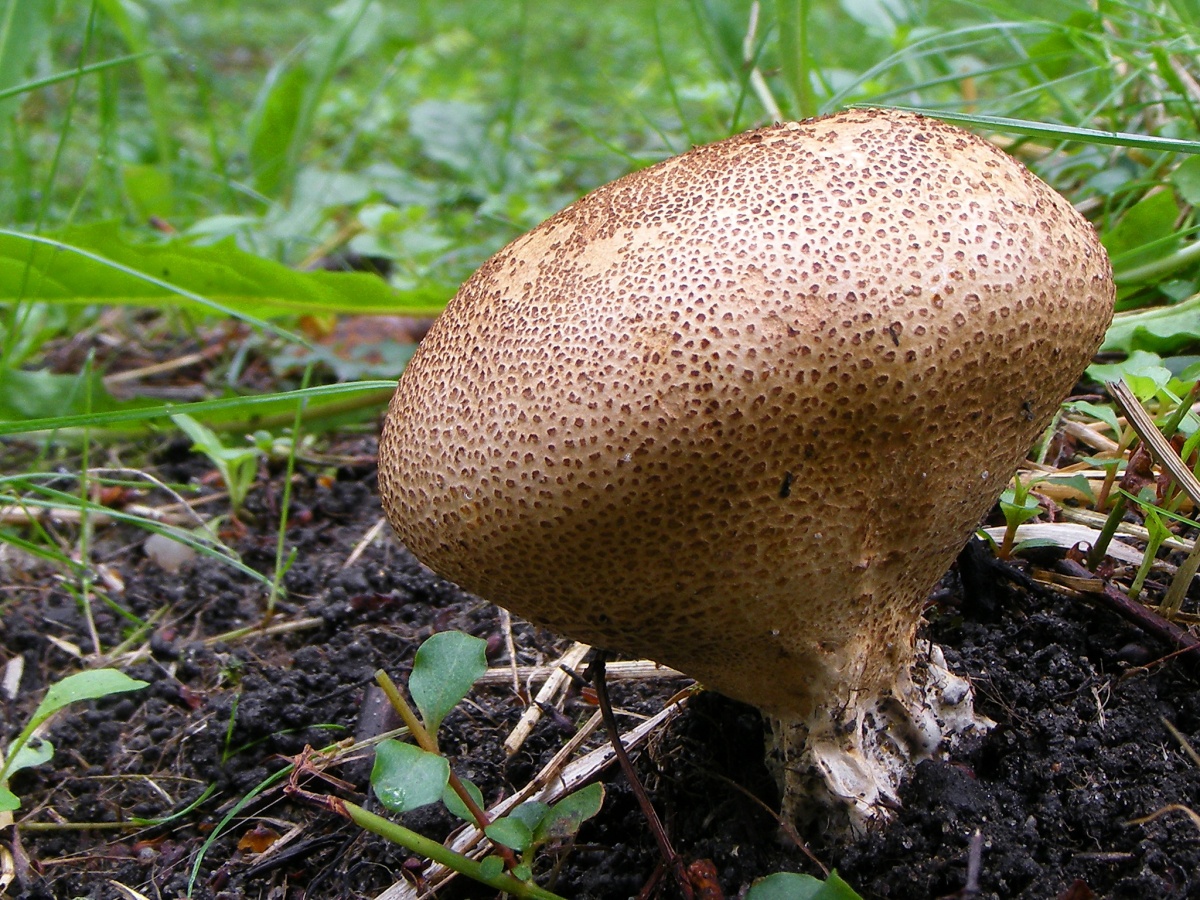
Warty raincoat - Raincoat ordinary (Orange). This view has a number of differences from a real raincoat. It is identified by its brownish color, thick shell and small scales on the surface.
- Spotted (panther, sclerodema leopard) is distinguished by the complete absence of legs. Small scales are arranged in an interesting way, imitating leopard spots. Spotted mushroom can also be recognized by the sweet smell of pulp.
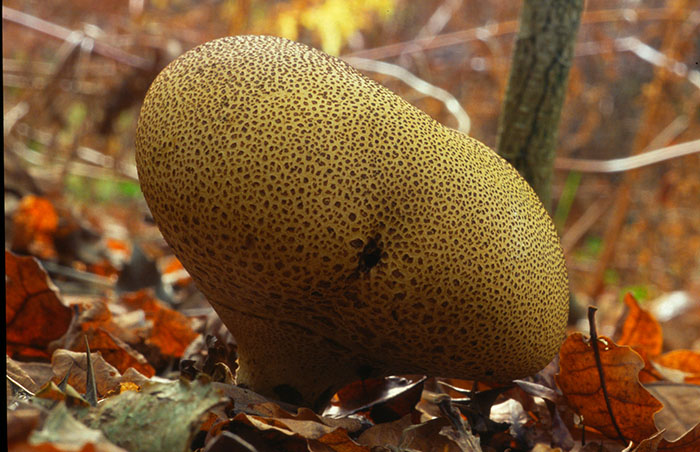
Sclerodema leopard
Healing properties
Raincoats have medicinal properties that are widely used in traditional medicine. And as part of a giant raincoat, there is a substance called calvacin, which is part of many anticancer drugs of traditional medicine.
Indications and restrictions for use
The healing properties of mushrooms allow them to be used in such cases:
- Injuries (cuts, burns).
- Respiratory diseases (bronchitis, pneumonia, tuberculosis).
- Skin diseases.
- Prevention and arrest of tumor growth.
- Cleansing the body of toxins, toxins.
Cooking medicine
The starting material for the preparation of the medicine is spore powder. A dessert spoon of powder is poured with a glass of hot water (recommended water temperature + 70 ℃). The infusion is prepared in a glass bowl under the lid for 40 minutes.
For the preparation of medicine, only matured specimens are suitable. Spore powder can also be taken orally as an independent drug.
Eating
Raincoats can be boiled, fried, dried. But mainly they are used for making soups. Only young mushrooms are eaten, old ones are considered inedible.
Processing and cooking features
Before cooking, the mushrooms are thoroughly washed several times, preferably under running water. Then they are cleaned and washed again. Purified raincoats inspect for worminess. Good cut to check the color of the pulp.
Raincoats can be stored for 24 hours without a refrigerator. In the cold, they remain fresh for up to 3 days. Frozen are suitable for use up to 6 months. In dried or salted form they are stored for up to a year.
Mushroom frying
Mushrooms fried in batter to taste like a meat dish. Before frying, they are recommended to boil for 10 minutes. Otherwise, the dish will turn out harsh.
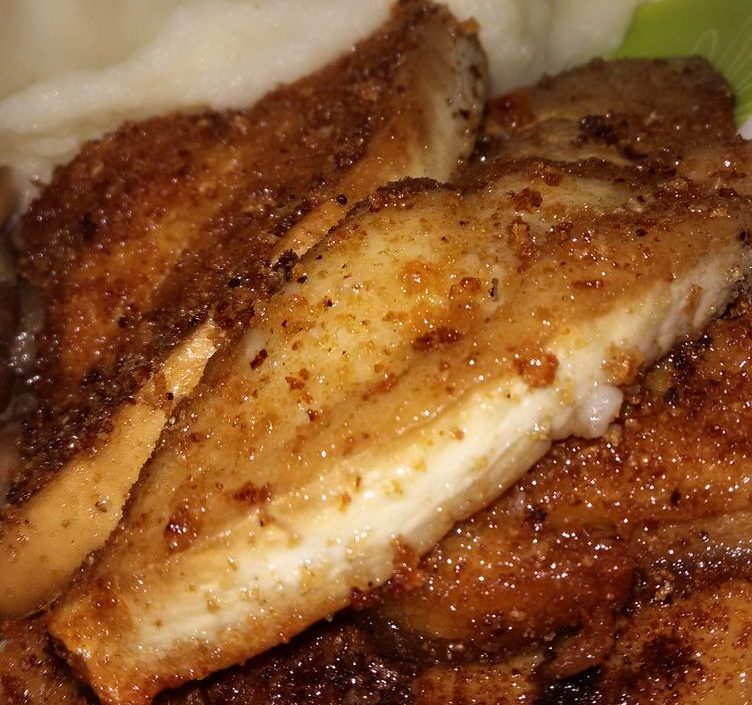
Mushrooms are cut into thin plates and seasoned to taste: salt, pepper, sometimes paprika. Then they are lowered into the batter and thrown into a hot pan. The plates must be fried until golden brown on both sides. Chicken eggs with milk are used as a batter.
Answers to Common Questions
Raincoats are not only tasty, but also healthy mushrooms.They are suitable for cooking various dishes, and also have healing properties. The main thing is not to confuse real mushrooms with their inedible doubles.

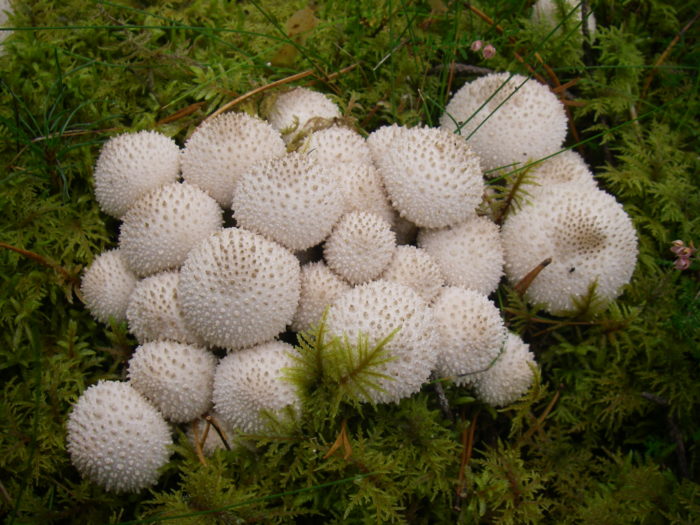
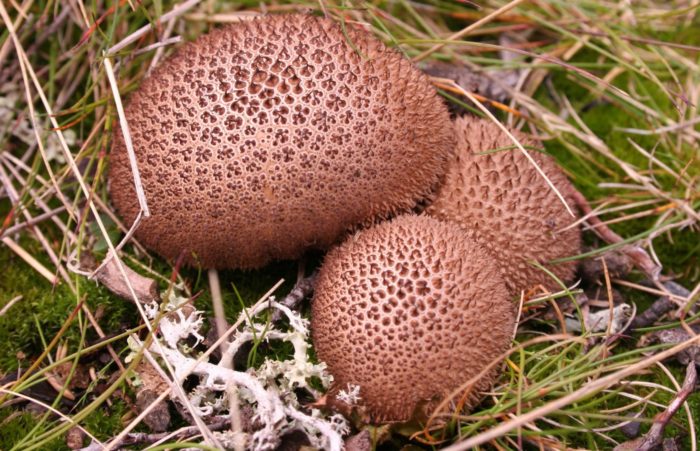
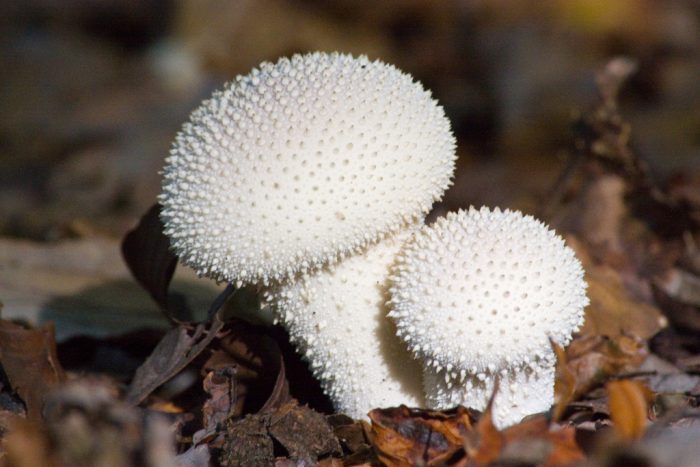
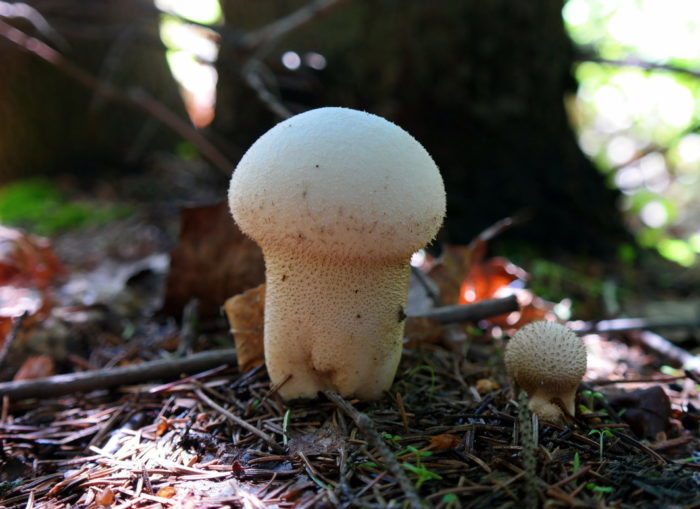
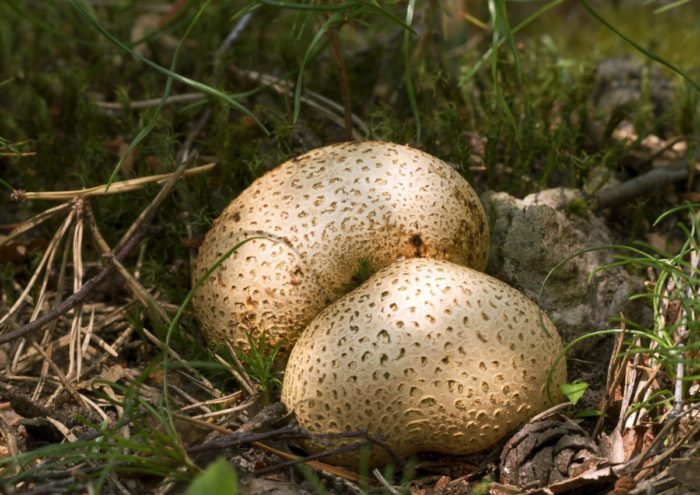
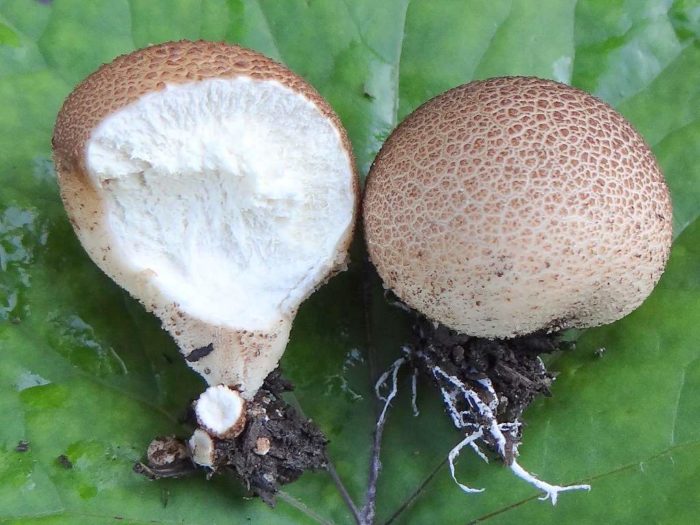
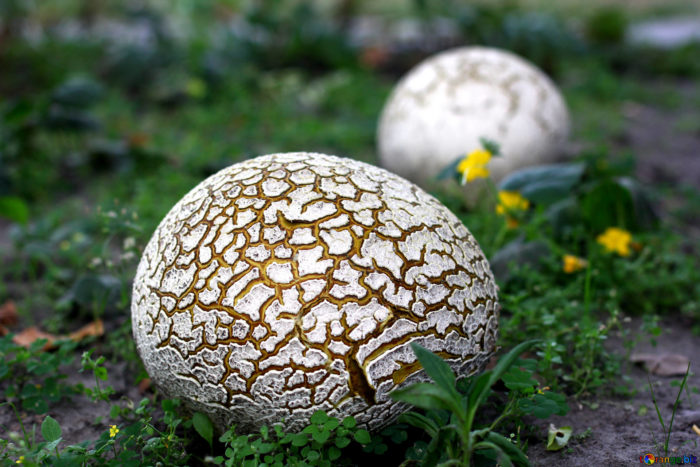
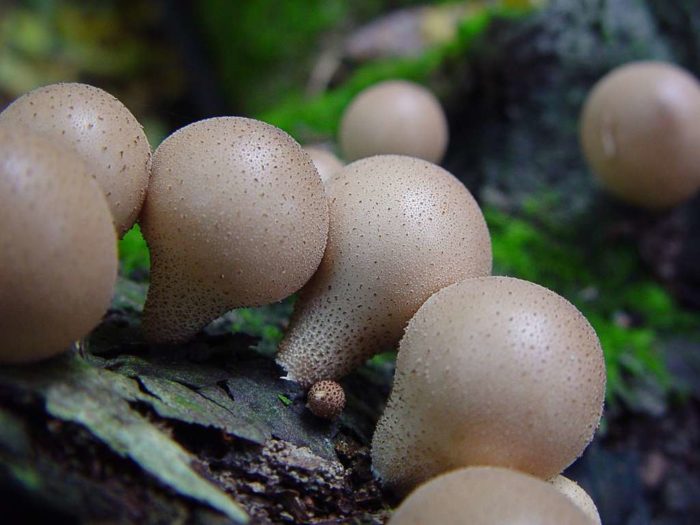
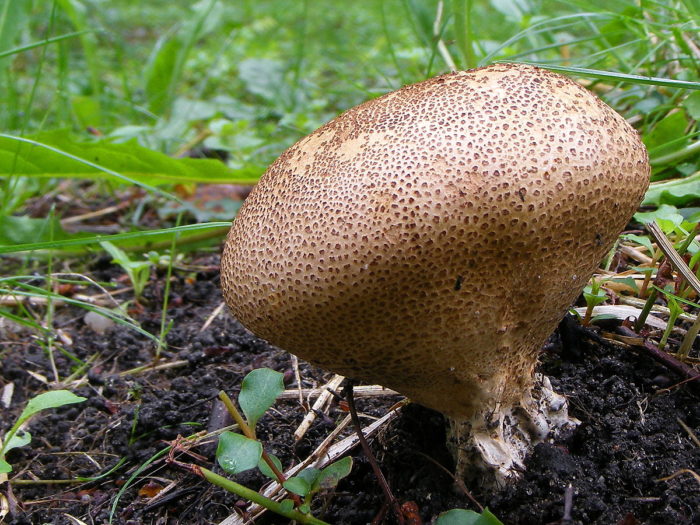
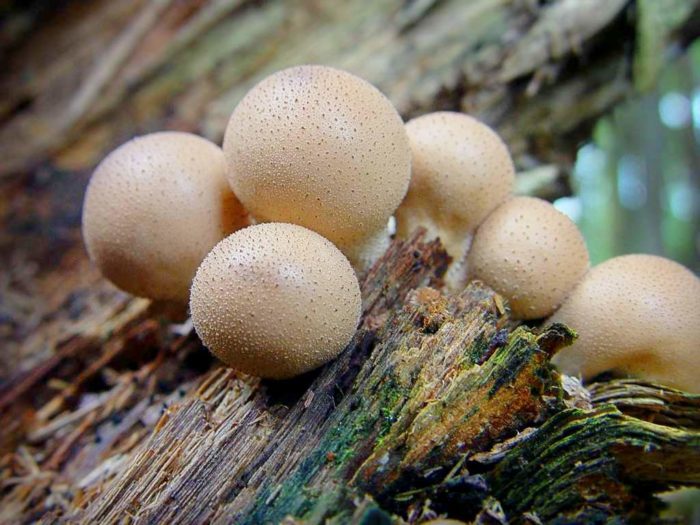
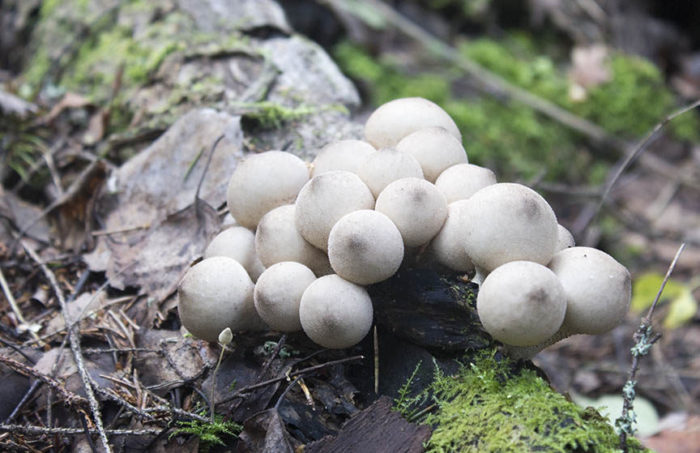
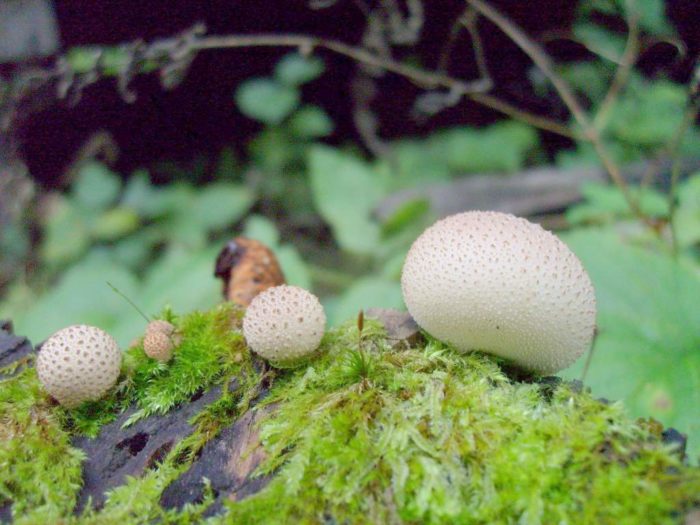
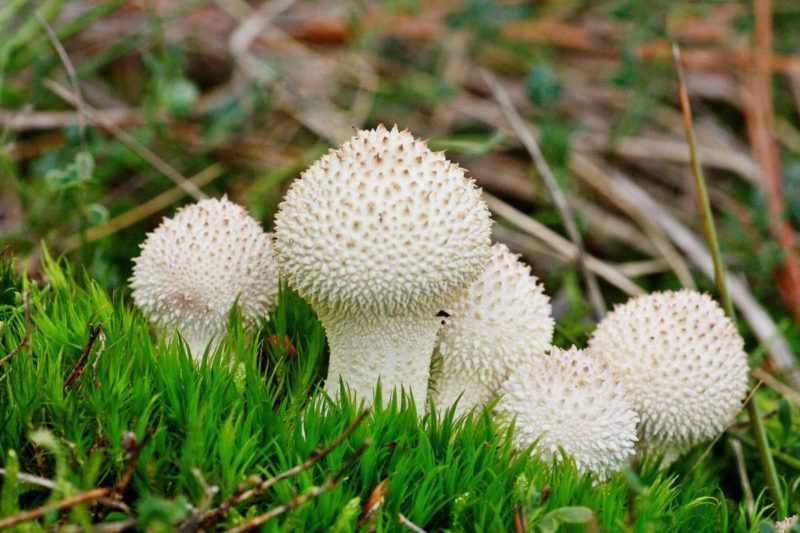
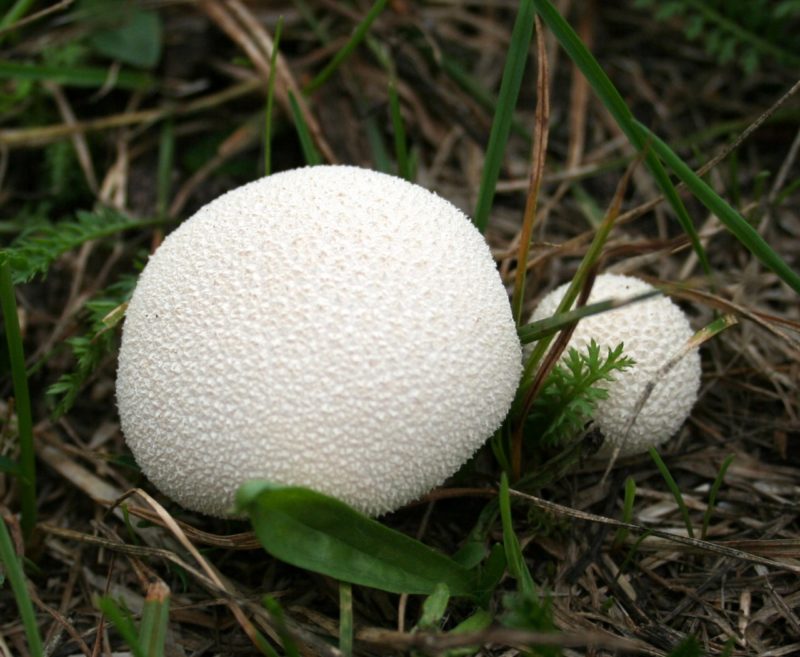

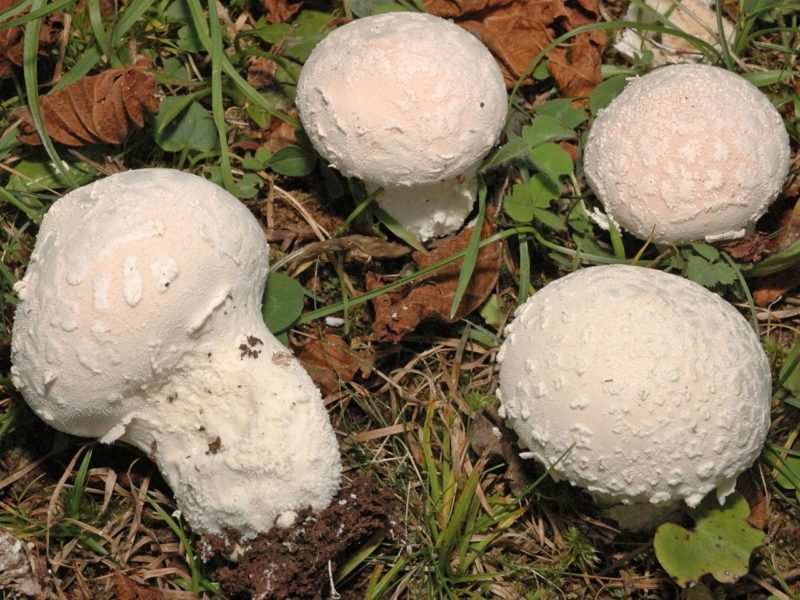
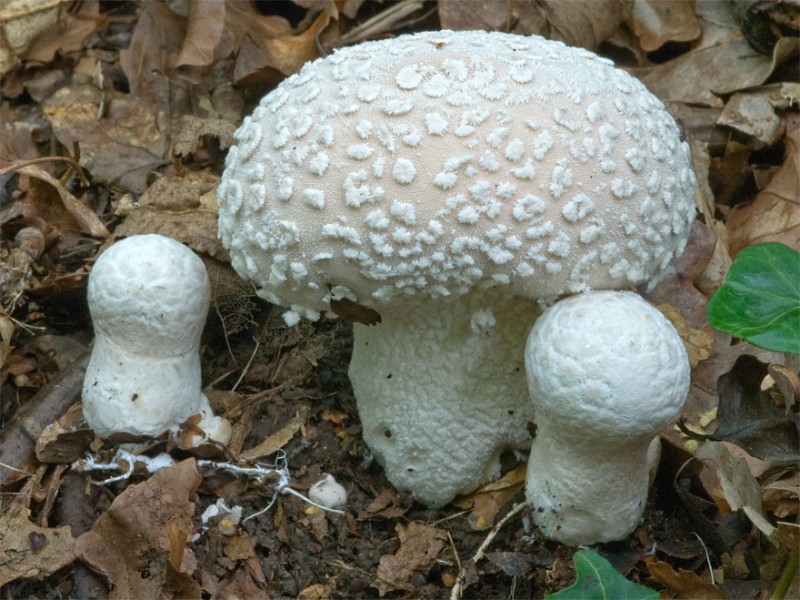
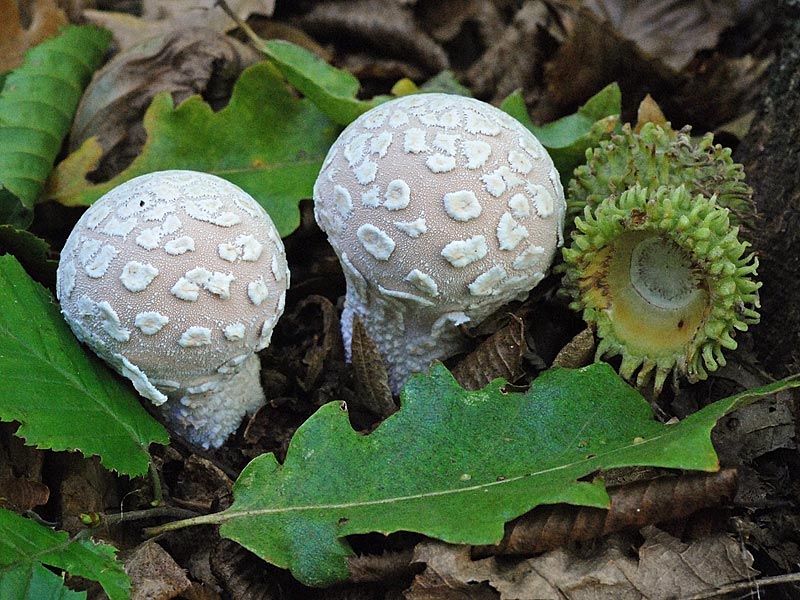



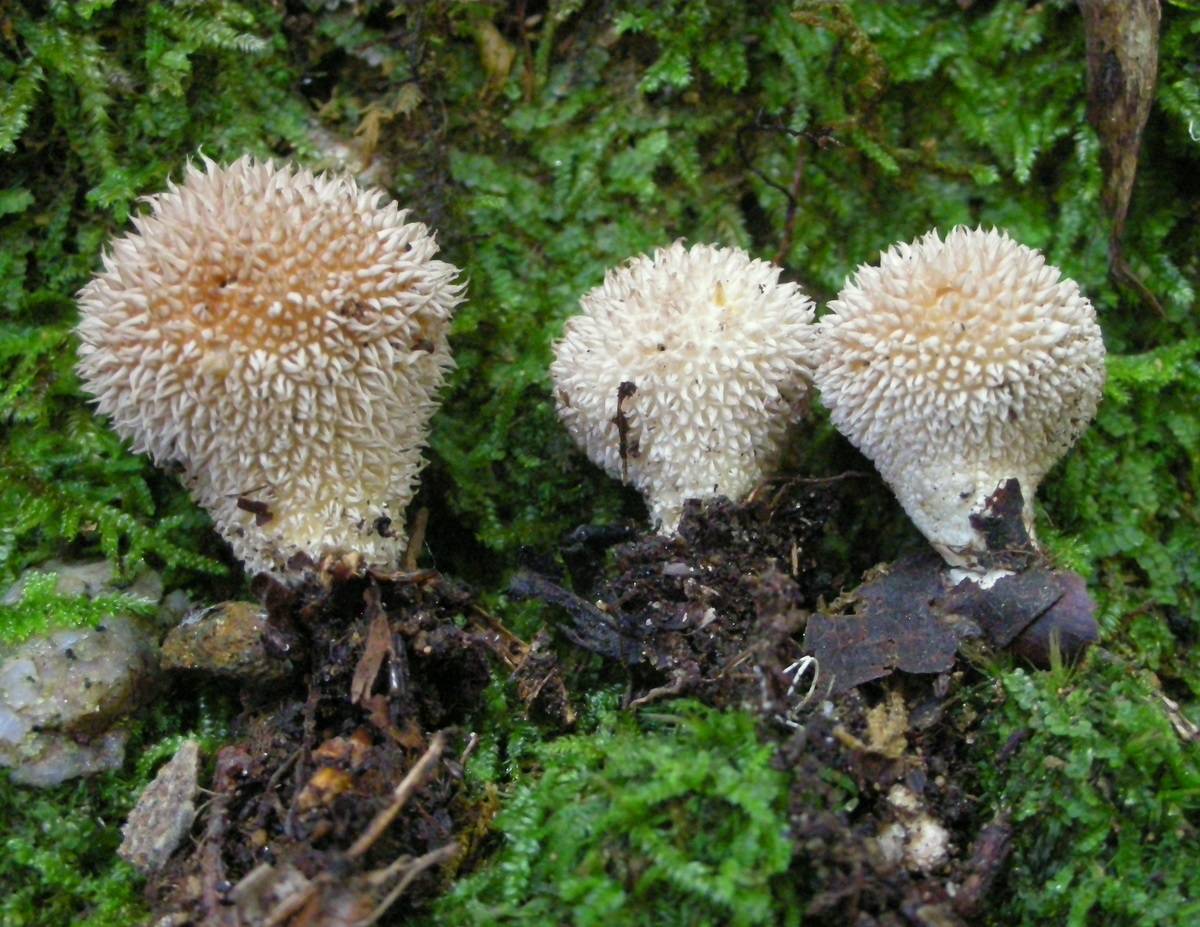
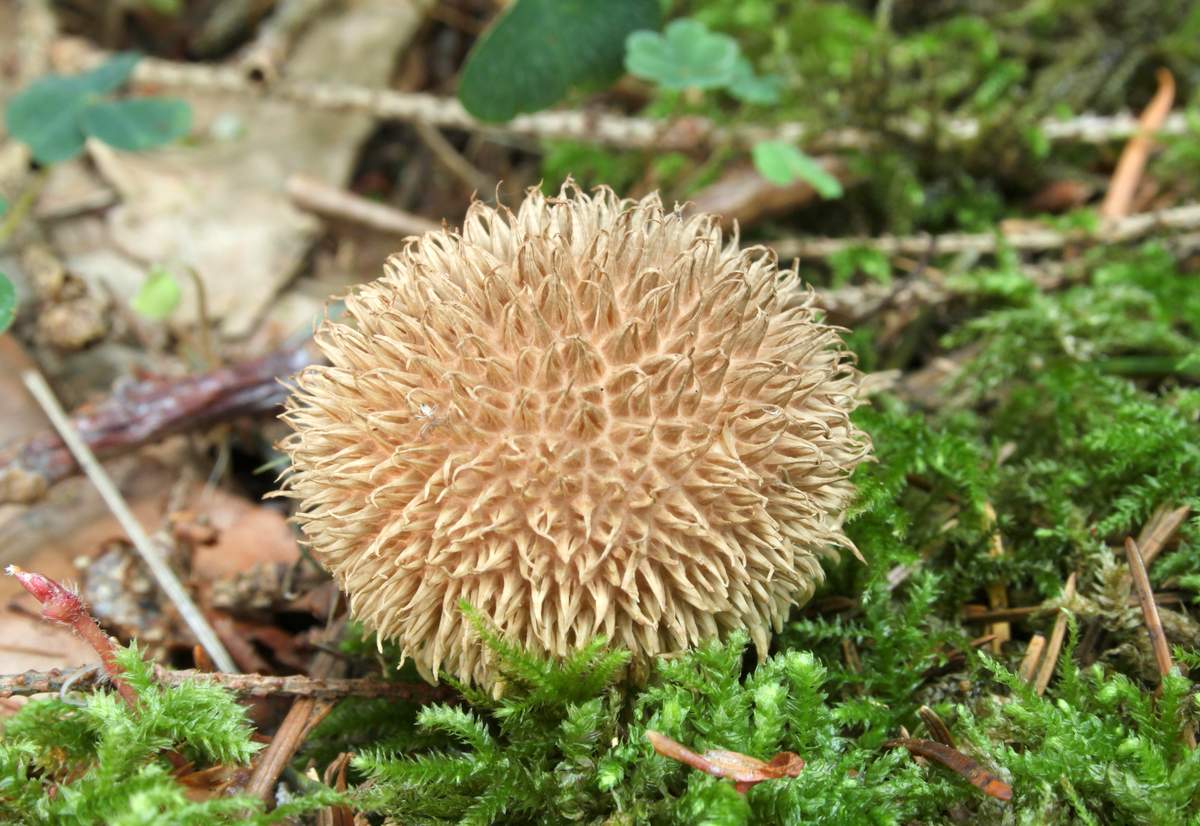
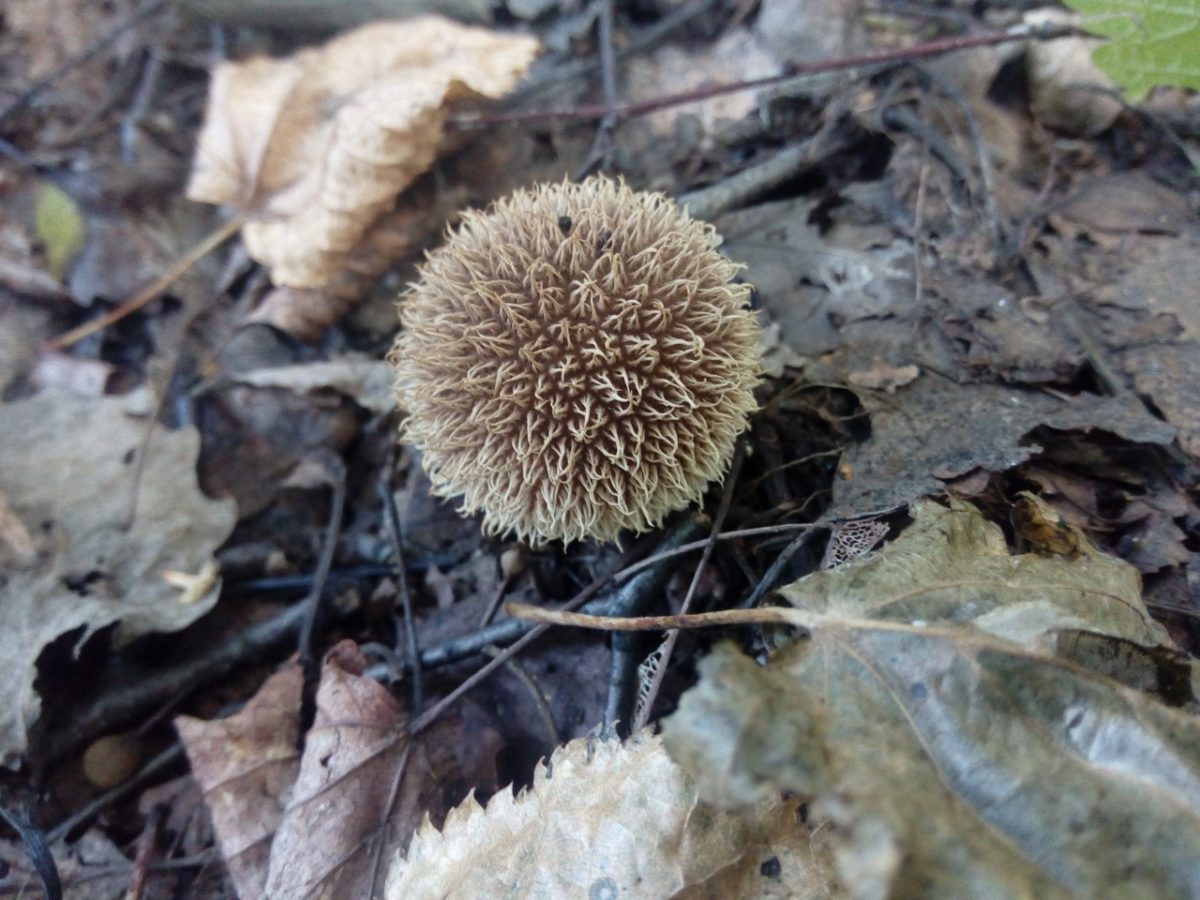
 Care and use of Kombucha at home (+22 photo)
Care and use of Kombucha at home (+22 photo) Edibility of the fungus of the motley umbrella and its description (+19 photo)
Edibility of the fungus of the motley umbrella and its description (+19 photo) Description of edible and inedible oils, their poisonous counterparts (+40 photos)
Description of edible and inedible oils, their poisonous counterparts (+40 photos) Useful properties of milk mushroom and its contraindications (+17 photos)
Useful properties of milk mushroom and its contraindications (+17 photos)